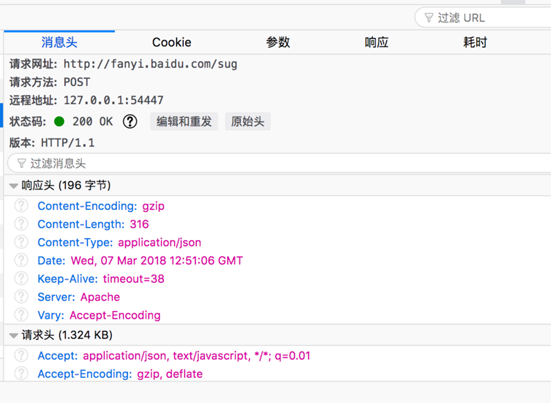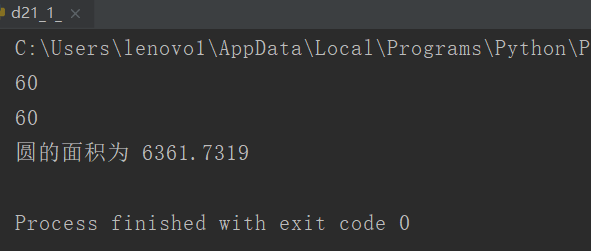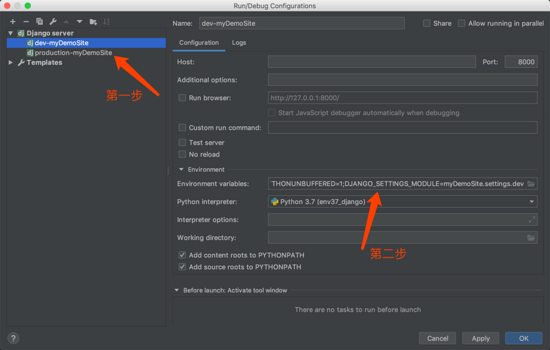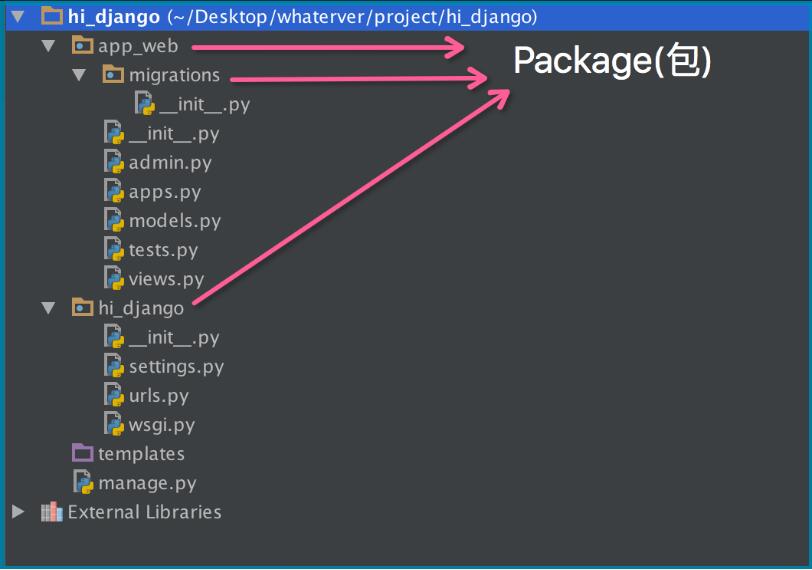Python中使用logging和traceback模块记录日志和跟踪异常
logging模块
logging模块用于输出运行日志,可以设置不同的日志等级,保存信息到日志文件中等。 相比print,logging可以设置日志的等级,控制在发布版本中的输出内容,并且可以指定日志的输出格式。
1. 使用logging在终端输出日志
#!/usr/bin/env python # -*- coding:utf-8 -*- import logging # 引入logging模块 # 设置打印日志级别 CRITICAL > ERROR > WARNING > INFO > DEBUG logging.basicConfig(level = logging.DEBUG,format = '%(asctime)s - %(name)s -%(filename)s[line:%(lineno)d] - %(levelname)s - %(message)s') # 将信息打印到控制台上 logging.debug(u"调试") logging.info(u"执行打印功能") logging.warning(u"警告") logging.error(u"错误") logging.critical(u"致命错误")
输出

2. 使用logging在終端輸出日志,並保存日志到本地log文件
#!/usr/bin/env python
# -*- coding:utf-8 -*-
import logging # 引入logging模块
import os.path
# 第一步,创建一个logger
logger = logging.getLogger()
logger.setLevel(logging.DEBUG) # Log等级开关
# 第二步,创建一个handler,用于写入日志文件
log_path = os.path.dirname(os.getcwd()) + '/Logs/'
log_name = log_path + 'log.log'
logfile = log_name
file_handler = logging.FileHandler(logfile, mode='a+')
file_handler.setLevel(logging.ERROR) # 输出到file的log等级的开关
# 第三步,定义handler的输出格式
formatter = logging.Formatter("%(asctime)s - %(filename)s[line:%(lineno)d] - %(levelname)s: %(message)s")
file_handler.setFormatter(formatter)
# 第四步,将handler添加到logger里面
logger.addHandler(file_handler)
# 如果需要同時需要在終端上輸出,定義一個streamHandler
print_handler = logging.StreamHandler() # 往屏幕上输出
print_handler.setFormatter(formatter) # 设置屏幕上显示的格式
logger.addHandler(print_handler)
# 日志信息
logger.debug('this is a logger debug message')
logger.info('this is a logger info message')
logger.warning('this is a logger warning message')
logger.error('this is a logger error message')
logger.critical('this is a logger critical message')
# 或使用logging
logging.debug('this is a logger debug message')
logging.info('this is a logger info message')
logging.warning('this is a logger warning message')
logging.error('this is a logger error message')
logging.critical('this is a logger critical message')
日志等级划分
- FATAL:致命错误
- CRITICAL:特别糟糕的事情,如内存耗尽、磁盘空间为空,一般很少使用
- ERROR:发生错误时,如IO操作失败或者连接问题
- WARNING:发生很重要的事件,但是并不是错误时,如用户登录密码错误
- INFO:处理请求或者状态变化等日常事务
- DEBUG:调试过程中使用DEBUG等级,如算法中每个循环的中间状态
traceback模块
traceback是python中用来跟踪异常信息的模块,方便把程序中的运行异常打印或者保存下来做异常分析。
常见用法
try: doSomething() except: traceback.print_exc() # logging.error(str(traceback.format_exc()))
traceback.format_exc() 与 traceback.print_exc() 区别:
- traceback.format_exc() 返回异常信息的字符串,可以用来把信息记录到log里;
- traceback.print_exc() 直接把异常信息在终端打印出来;
traceback.print_exc()也可以实现把异常信息写入文件,使用方法:
traceback.print_exc(file=open('traceback_INFO.txt','w+'))
总结
以上就是这篇文章的全部内容了,希望本文的内容对大家的学习或者工作具有一定的参考学习价值,谢谢大家对【听图阁-专注于Python设计】的支持。如果你想了解更多相关内容请查看下面相关链接



